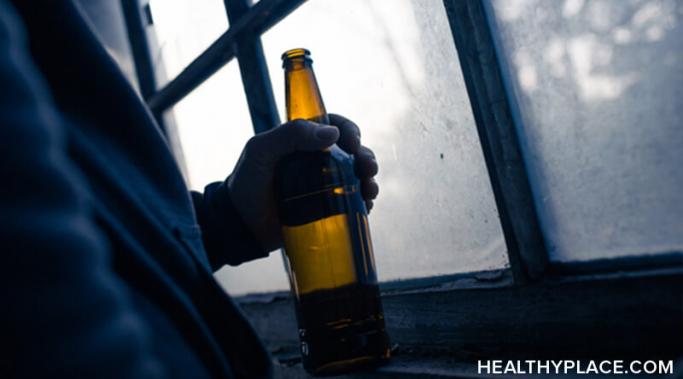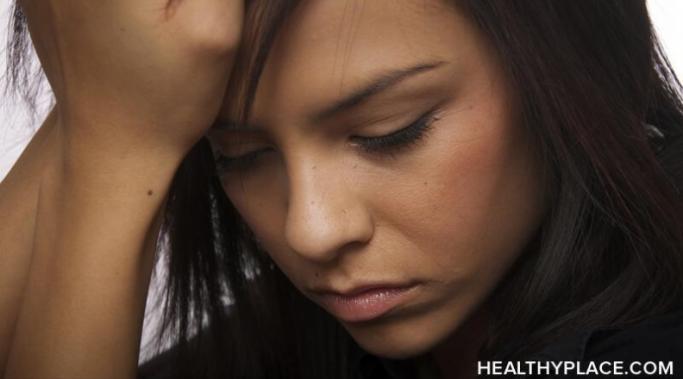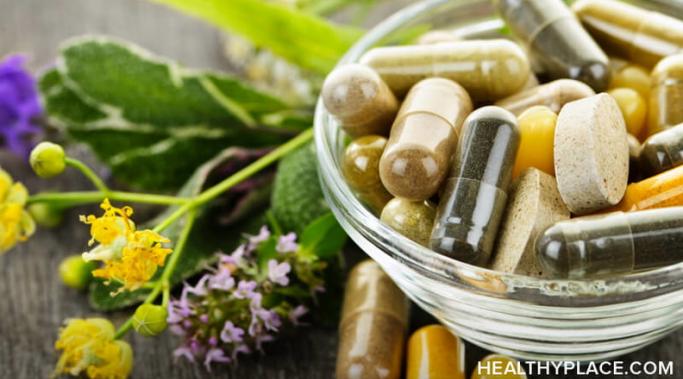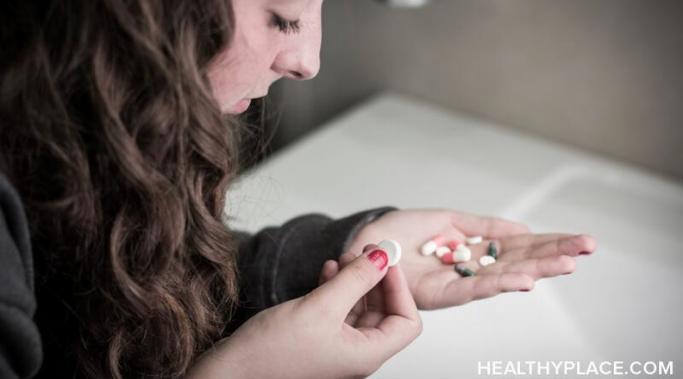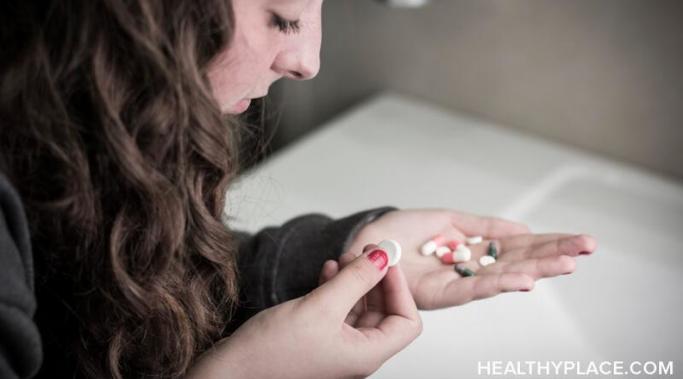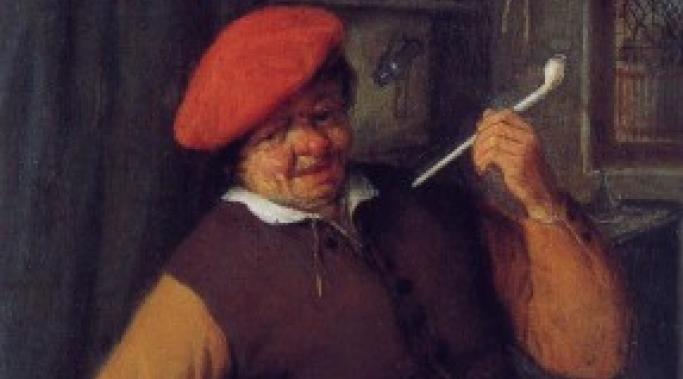There is a bridge from alcoholism to recovery. I could best describe my active alcoholism as a series of flaming dumpster fires and broken, smoldering bridges. Conversely, my recovery is more about building new bridges and slowly dusting off the debris from the burned ones from my past. For me, regular self-evaluation helps me pinpoint my mental health status. I do this because better mental health bridges the gap between my recovery and alcoholism.
Addiction Research
I left the UK to undergo alcohol treatment in South Africa, so it was inevitable that this would alter my perspective somewhat. However, after spending more time in this new environment, several striking realizations about the UK's negative relationship were crystal clear. After talking to numerous people from the same country and background, there was a common thread of early exposure to alcohol having long-lasting consequences. In short, I learned that teenage drinking can lead to addiction.
We all cope with life differently, so how does one know when their beloved coping skill has manifested into a full-blown, unhealthy addiction? I believe most of us have our own unofficial list of coping skills that we turn to after (or during) a particularly unpleasant day. For some of us, a staple coping mechanism might be a hot bubble bath and for others, their nightly routine could include a chilled glass of wine while binge-watching their favorite sitcom. So how far is too far, and what transforms a harmless coping skill into an unhealthy life choice, or worse, an addiction?
There are numerous benefits to documenting cravings on an official craving log. Managing cravings is perhaps one of the most challenging barriers you must face in recovery. If addiction is like an earthquake in our lives, cravings are the continual and sometimes catastrophic tsunamis that follow. I define cravings at the mental, emotional, or physical reminders that tug at your soul and remind you that your addiction still exists. They tend to be at their most extreme in early recovery, but in some cases, cravings can be experienced for years following your sobriety date. So let's see how beneficial a craving log might be for your personal addiction recovery.
Alcohol abuse affects women differently than it affects men, even when they drink smaller amounts. There are more health risks for women, including liver disease, breast cancer, and brain damage. While women are just as likely as men to be successful with sobriety, women who abuse alcohol may have more challenges finding accessible treatment for alcohol abuse and addiction.
Alcohol and opiate withdrawal symptoms can be extremely difficult, but vitamins may help people with substance use disorders by possibly easing withdrawal symptoms. Treatment methods range from quitting cold turkey to hospitalization. Sometimes medications can be prescribed to ease withdrawal symptoms (Opioids Withdrawal: How Bad Is It? Symptoms, Treatment). However, one concern for people trying to get clean is becoming dependent on another substance. It is always important to check with your doctor when considering alternative treatment so they can review your medical history and specific situation. For the scope of this post, I will cover the use of vitamins B and C for alcohol and opiate withdrawal symptoms.
Addiction to benzodiazepines (benzos) can be very dangerous for users. Benzodiazepine medications are typically prescribed for people who suffer from anxiety or other mental illness. The drugs are fast acting and they begin to work as soon as they hit the user’s body. That means that rather than waiting for days or weeks for a medication to build up to therapeutic levels, benzodiazepines are able to provide users with almost immediate relief. This instant effect can increase the risk of benzodiazepine addiction Prescribers like to use this type of medication because of its instant effect and the fact that it allows patients to begin therapy and other treatments more quickly than medications like antidepressants (which have to build up). Commonly used benzodiazepines include clonazepam (Klonopin), alprazolam (Xanax), diazepam (Valium), and lorazepam (Ativan).
Addiction to prescription opioids can lead to heroin use. Many who misuse prescribed opioid pain medication turn to heroin as a substitute (Over-prescription of Opioid Painkillers: A Deadly Problem). 12.5 million people misused prescription medication in 2015 and 15,281 people overdosed on commonly prescribed medication, according to the United States Department of Health and Human Services. Do you still think the United States opioid epidemic includes only street people shooting up heroin? Do you know the real connection between opioids and heroin?
Is there an addictive personality? The most recent research involving the addictive personality concept indicates no single, addictive personality type exists (Addiction Symptoms: Signs of an Addict). However, certain groups of traits seem to indicate predisposition to addiction.
Withdrawal symptoms from stimulants, marijuana and hallucinogens is not considered directly life-threatening by the medical community. However, the withdrawal symptoms can still be dangerous, as can the behavior associated with the withdrawal symptoms of stimulants, marijuana and hallucinogens.

